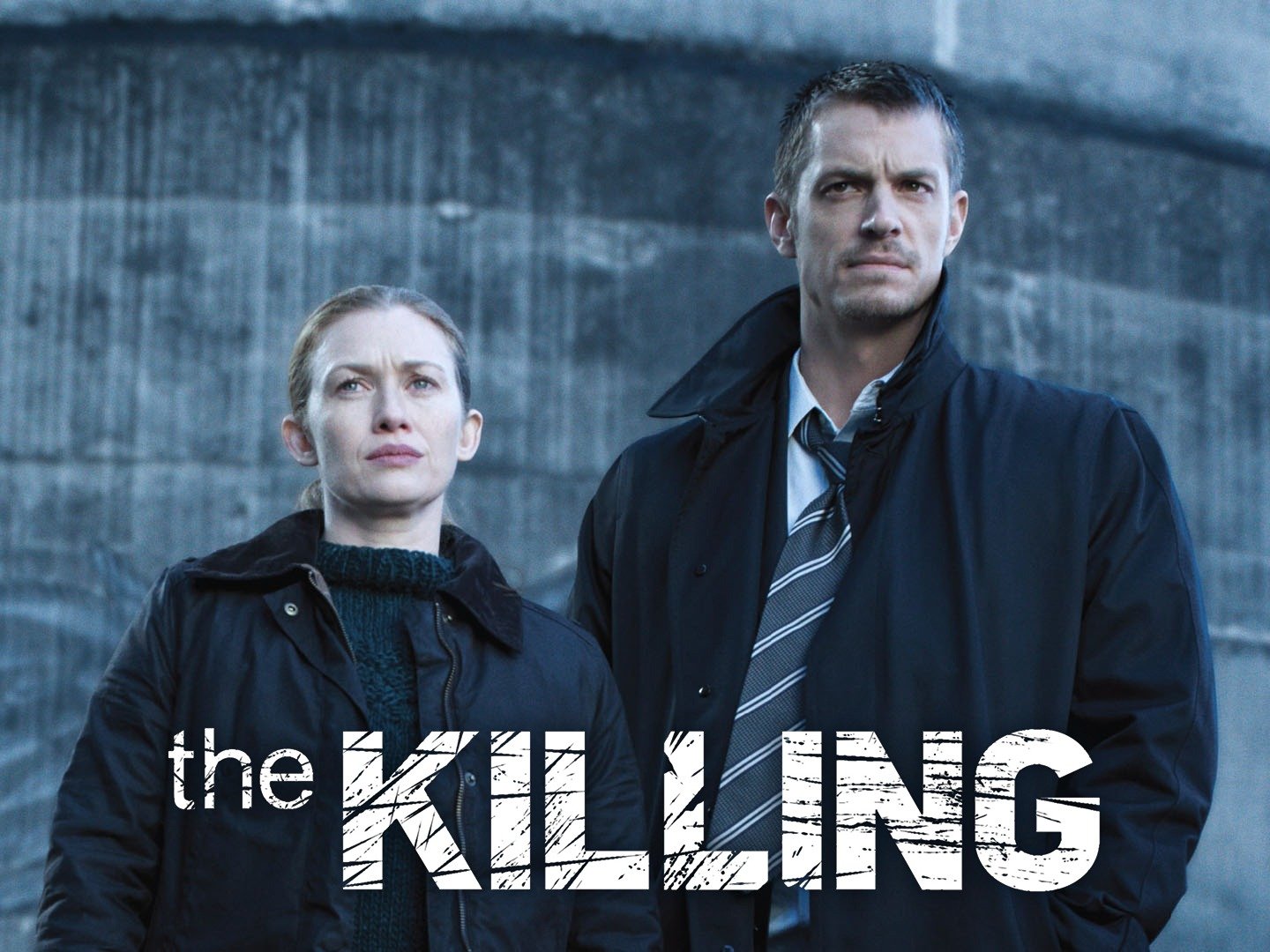DEUTSHCLAND 83
Media Language
The series is visually interesting, constructing a stylised representation of ‘real’ places which
transmit meanings about characters, places and issues. A detailed analysis of different aspects of
mise-en-scene will provide students with a strong foundation to build on in terms of analysing
representations, ideological meanings and audience positioning. Analysis should include:
• Mise-en-scene analysis
• Semiotics: how images signify cultural meanings
• Postmodernism: Use of pastiche and bricolage
Narrative
• How does the use of the narrative conventions of the spy thriller and crime drama – use of
enigmas, binary oppositions, restricted and omniscient narration etc. – position the audience?
• The narrative of Deutschland 83 has been controversial – particularly in Germany -through its
use of binary oppositions to contrast East and West Germany.
• The role of the hero and effect of audience alignment with Martin Rauch, a Stasi Officer.
• The narrative of Deutschland 83 can be defined as postmodern in its self-reflexive style.
• Narratology including Todorov.
Genre:
• Conventions of the TV series and the way in which this form is used to appeal to audiences
• Definition of the series as belonging to the spy thriller genre
• Conventions of the period drama and reasons for its popularity
• Analysing the use of specific genres to discuss wider issues in society
• Genre theory including Neale
Media Representations
Deutschland 83 provides a range of representational areas to explore from the national and
regional to political structures and gender roles. All of the areas tend to overlap with
representations of a nation’s historical past allowing students to consider how representations
reflect social, cultural and historical circumstances:
• Representation of national and regional identity (East and West Germany (Europe))
• Representation of gender: male hero and spy, the female ‘love interest’ etc., the way
characters signify wider issues in society.
• Analysis of how the representations convey values, attitudes and beliefs about the world – both
contemporary and past.
• Theories of representation including Hall
Feminist theories including bell hooks and Van Zoonen (role of women)
CAPITAL
Media Language
Capital is a complex mainstream television product in which the codes and conventions of the
crime drama are intertwined with aspects of social realism. Detailed analysis of this media form
including the process through which media language develops as genre will provide students
with an opportunity to understand and reflect on the dynamic nature of genre. Analysis should
include:
• Mise-en-scene analysis
• Semiotics: how images signify cultural meanings
Narrative
• Which narrative techniques are used to engage the audience in the opening episode of
Capital?
• How does the use of the narrative conventions of the crime drama – use of enigmas,
restricted narration etc. – position the audience?
• Capital is characteristic of contemporary TV narrative style in its use of multiple story structure.
• The ways in which the narrative structure of Capital offers gratification to the audience.
• Narratology including Todorov.
Genre
• Conventions of the TV mini-series and the way in which this form is used to appeal to
audiences; how it is distinct from, but related to series and serials.
• Definition of the series as a hybrid genre, belonging to the drama, social realism and crime
genres
• Genre theory including Neale.
Media Representations
Capital provides a wide range of representational areas to explore; the family, place, nation, class,
ethnicity, race and issues.
• Negative and positive use – or subversion – of stereotypes.
• Representations of family and their ideological significance – Capital constructs its
representation of nation in part through contrasting images of the family.
• Representation of place – London and by implication, the nation.
• Analysis of how the representations convey values, attitudes and beliefs about the world.
• Theories of representation including Hall.
When the residents of an affluent London street receive a strange note they dismiss it as a marketing campaign, until things begin to escalate. When the residents of an affluent London street receive a strange note they dismiss it as a marketing campaign, until things begin to escalate.


